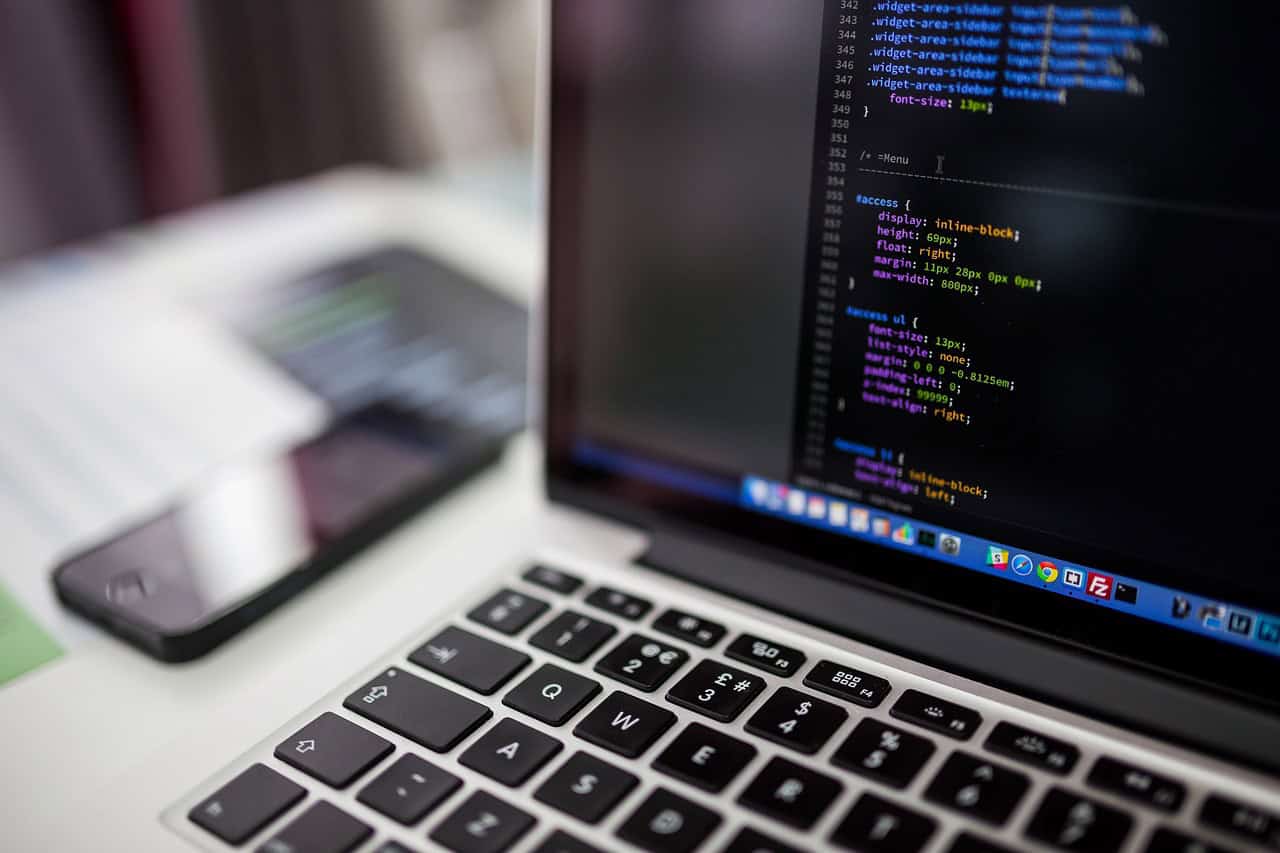The Essential Guide to Downloading Python 3: Everything You Need to Know
Estimated reading time: 5 minutes
- Always Download from the Official Site: Ensure you are getting the most secure and stable version.
- Compatibility Checks: Verify your operating system’s compatibility to avoid installation issues.
- Utilize Documentation: Make use of the downloadable documentation for problem-solving guides and in-depth help.
- Stay Updated: Keep your Python environment up-to-date to mitigate security threats.
Table of Contents
- Why Download Python 3?
- Where to Download Python 3
- Installation Notes
- System Requirements
- Version-Specific Considerations
- Practical Takeaways
- How TomTalksPython Can Help
- Call to Action
- Legal Disclaimer
- Conclusion
Why Download Python 3?
Python is renowned for its simplicity and versatility, making it an ideal choice for web development, data analysis, artificial intelligence, and more. With each new release, the Python Software Foundation introduces features and improvements that cater to the evolving needs of developers. Downloading the latest version means access to new syntax, libraries, and improved performance, ensuring that you are using the most efficient tools available.
Where to Download Python 3
The official Python repository is the best place to download the latest version of Python. You can find it at python.org. The site provides various download options tailored to different operating systems, including Windows, macOS, and Linux.
Current Release: Python 3.13.3
As of now, Python 3.13.3 is the latest stable release, offering numerous enhancements over previous versions. You can download this version and explore its extensive features by visiting the official download page: Python Downloads.
Versions for Different Platforms
- Windows: Python 3 offers 32-bit and 64-bit installers specifically designed for Windows operating systems. Take note that newer versions no longer support Windows 7 and earlier systems; if your computer is running Windows 7 or lower, you may need to consider alternative programming environments or use Python 3.7.x, which is also available—detailed information can be found at Windows Downloads.
- macOS and Linux: Mac users can download the .pkg file for easy installation, while Linux users will benefit from various package managers available in their states (e.g., APT for Debian-based distributions).
- Documentation: A comprehensive set of documentation is available for download in multiple formats, including HTML, EPUB, and plain text. For accessing the statistics and guides pertaining to Python 3.13.3, visit the Documentation Downloads Page.
Installation Notes
For effective installation:
- Windows Users: It is recommended to use .zip files, as they provide a user-friendly installation experience. For Unix users, opt for the .tar.bz2 format, which ensures better compression and easier file management.
- During installation, check for path settings to simplify programming tasks later on.
System Requirements
It’s essential to consider the system requirements before proceeding with the installation:
- Windows: Since Python 3.10.3, support for Windows 7 has been withdrawn. Users of legacy systems like Windows XP may need to revert to older Python versions (e.g., 3.7.x) for compatibility—this is outlined in detail at Legacy Windows Downloads.
- Architectures: Ensure you have an appropriate architecture (32 or 64-bit) matching your operating system.
Version-Specific Considerations
Support for Older Systems
- Windows XP: The last compatible version for this operating system is Python 3.7.x. Users wishing to take advantage of newer features must upgrade their operating systems.
- Security and stability: Running outdated Python versions can expose users to security vulnerabilities, making it crucial to keep your Python environment up-to-date.
Practical Takeaways
- Always Download from the Official Site: Using the official download page ensures you are getting the most secure and stable version.
- Compatibility Checks: Before downloading, verify your operating system’s compatibility to avoid installation issues.
- Utilize Documentation: Make use of the downloadable documentation to refer to problem-solving guides and in-depth programming help.
- Stay Updated: Following the latest upgrades is critical, especially as security threats evolve and programming methodologies shift.
How TomTalksPython Can Help
At TomTalksPython, we specialize in helping individuals learn Python through a variety of resources, guides, and personalized consulting. Our team has years of experience in Python programming and can help you navigate your learning journey, whether you’re a novice seeking foundational knowledge or an experienced coder looking to upscale into advanced topics.
Call to Action
If you’re ready to embark on your Python programming journey or take your skills to the next level, check out our extensive blog and online courses designed specifically for all levels of learners. Join the conversation and enhance your programming expertise today!
Legal Disclaimer
The advice provided in this blog post is for informational purposes only. Readers are encouraged to consult with IT professionals or programming experts before making any changes to their software or systems based on the information presented here.
Conclusion
Downloading Python 3 is an essential step in your journey as a developer. Whether you are starting out or optimizing your already-established skills, the latest version offers invaluable resources and features. Remember to always download from trusted sources and stay current with your software to ensure a secure programming experience.
Get started with Python today, and explore everything it can offer!
